Toll Free: (866) 215-0651
Local: (657) 900-2066
Investing in Expertise: How Certified Technicians Save You Money
Why Hiring a Properly Certified Technician is Crucial

In the fast-paced industry world, where every minute counts and downtime can be costly, the importance of having certified technicians cannot be overstated. While the initial investment in hiring certified technicians may seem like an additional expense, the long-term benefits far outweigh the upfront costs. This blog post will explore how investing in expertise pays off, focusing on reduced downtime, fewer errors, and optimized equipment performance.
1. Reduced Downtime
Certified technicians bring a wealth of knowledge and skills, allowing them to identify and address issues swiftly. The result? Reduced downtime for your industrial operations. When machinery breaks down or encounters problems, every moment it remains inoperative leads to potential financial losses. Certified technicians have the expertise to diagnose and fix issues efficiently, minimizing the time your equipment spends out of action.
Imagine a scenario where a critical piece of machinery malfunctions. Armed with in-depth knowledge and specialized training, a certified technician can quickly pinpoint the problem, implement necessary repairs, and get your operations back up and running. This rapid response reduces production downtime, ensuring that your business remains on track and profitable.
2. Fewer Errors
Certified technicians undergo rigorous training and testing to earn their certifications. This means they have the necessary skills and knowledge to perform their tasks precisely. Precision is critical when it comes to maintaining and repairing industrial equipment. A small error in diagnosis or repair can lead to significant consequences, including further damage to the machinery and increased repair costs.
Investing in certified technicians reduces the likelihood of errors occurring during maintenance or repair activities. These experts adhere to industry standards and best practices, ensuring that each task is executed accurately. The result is a more reliable and efficient industrial operation with fewer incidents of equipment failure due to human error.
3. Optimized Equipment Performance
Certified technicians bring a deep understanding of the intricacies of industrial equipment. Their knowledge extends beyond basic repairs; they can optimize the performance of your machinery to enhance efficiency and longevity. Regular maintenance by certified technicians ensures that your equipment operates at peak performance, reducing the risk of unexpected breakdowns.
Optimized equipment performance also translates to energy efficiency. Certified technicians can identify and address issues that may lead to increased energy consumption, helping your company save on operational costs in the long run. Additionally, well-maintained machinery tends to have a longer lifespan, further contributing to your return on investment.
In conclusion, investing in expertise by hiring certified technicians is a strategic move that pays dividends in the long run. The benefits of reduced downtime, fewer errors, and optimized equipment performance contribute to a more efficient and cost-effective industrial operation. While the upfront costs may seem significant, the return on investment in increased productivity, minimized downtime, and extended equipment lifespan make it a wise and financially sound decision for any industrial support company and its customers.
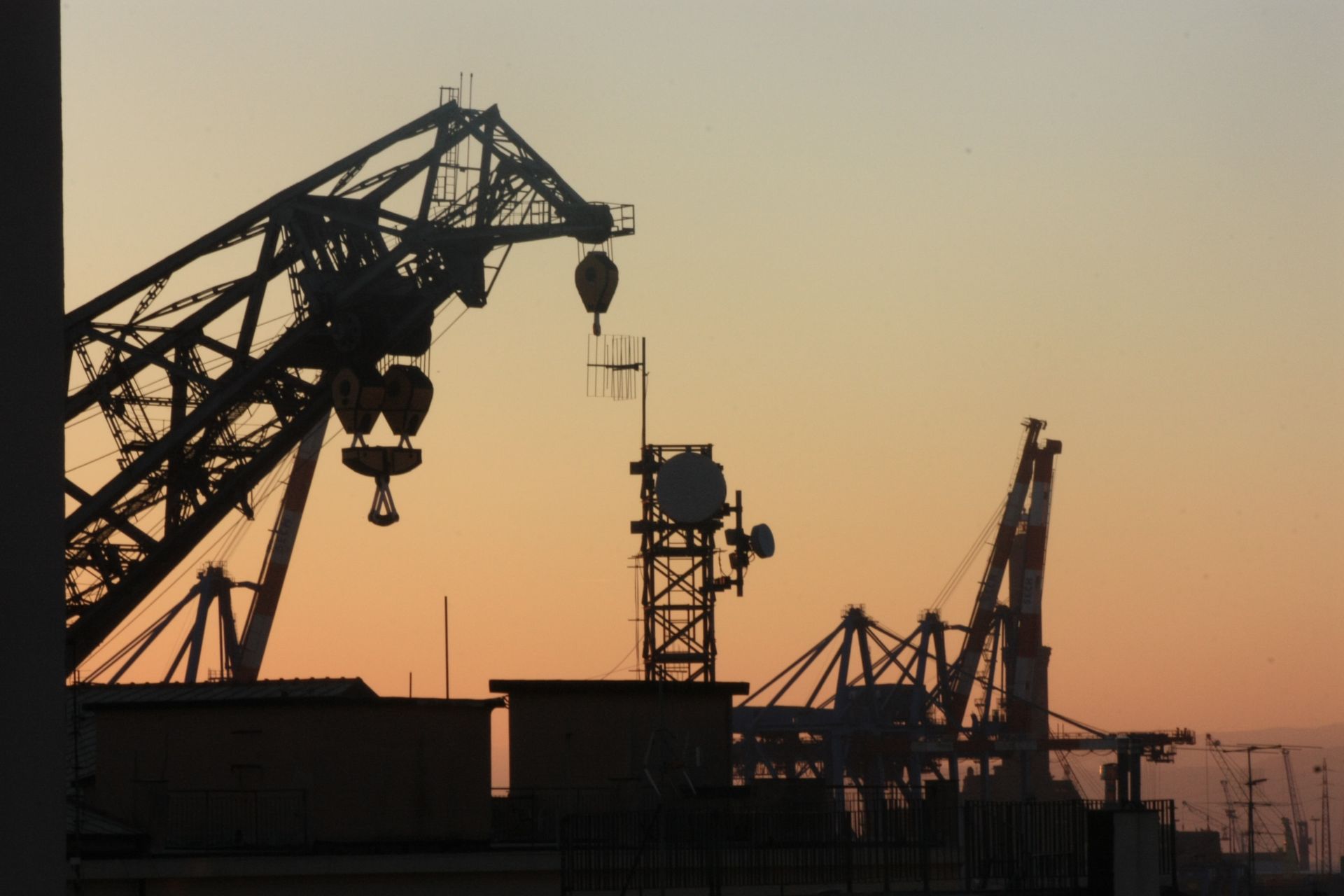


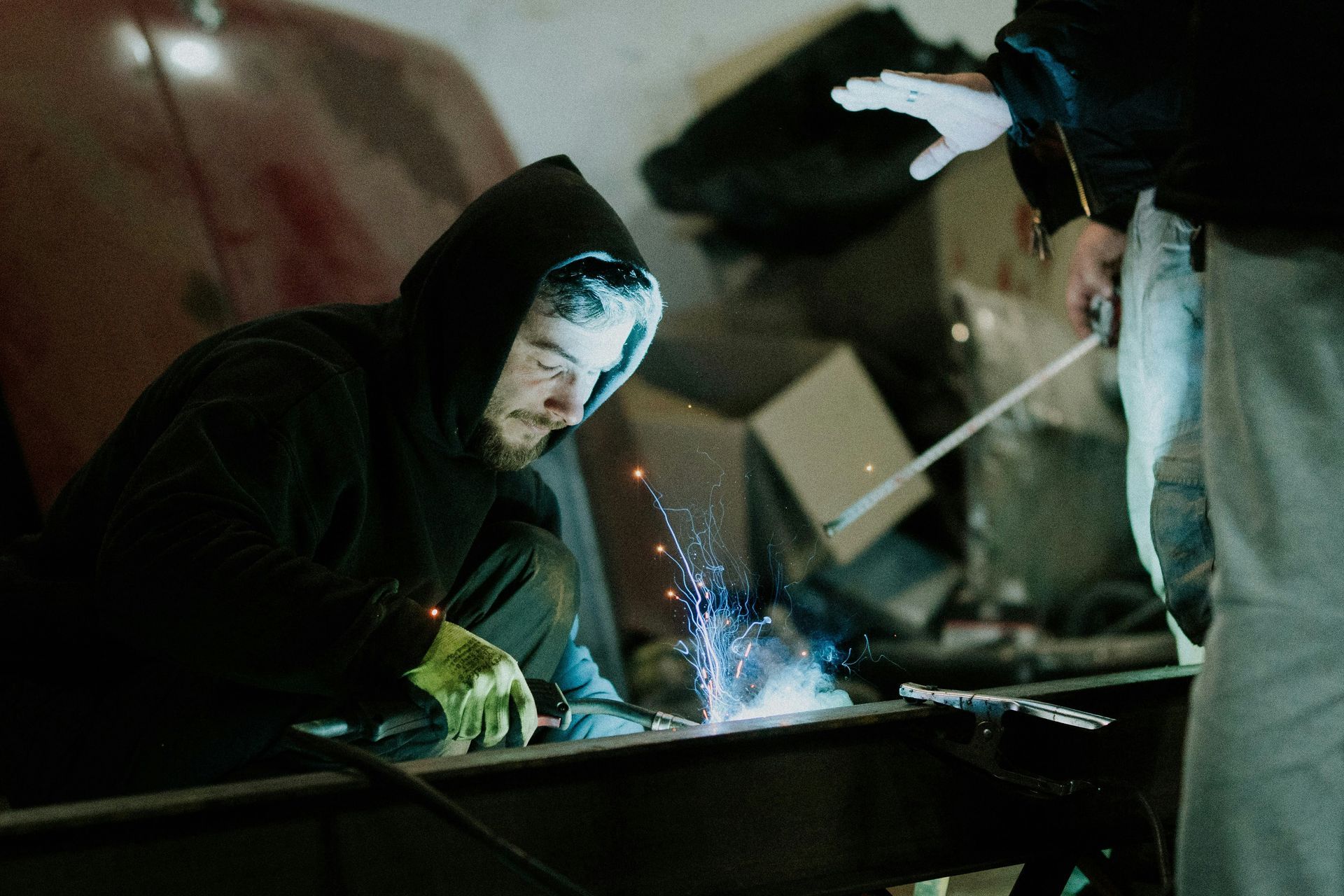
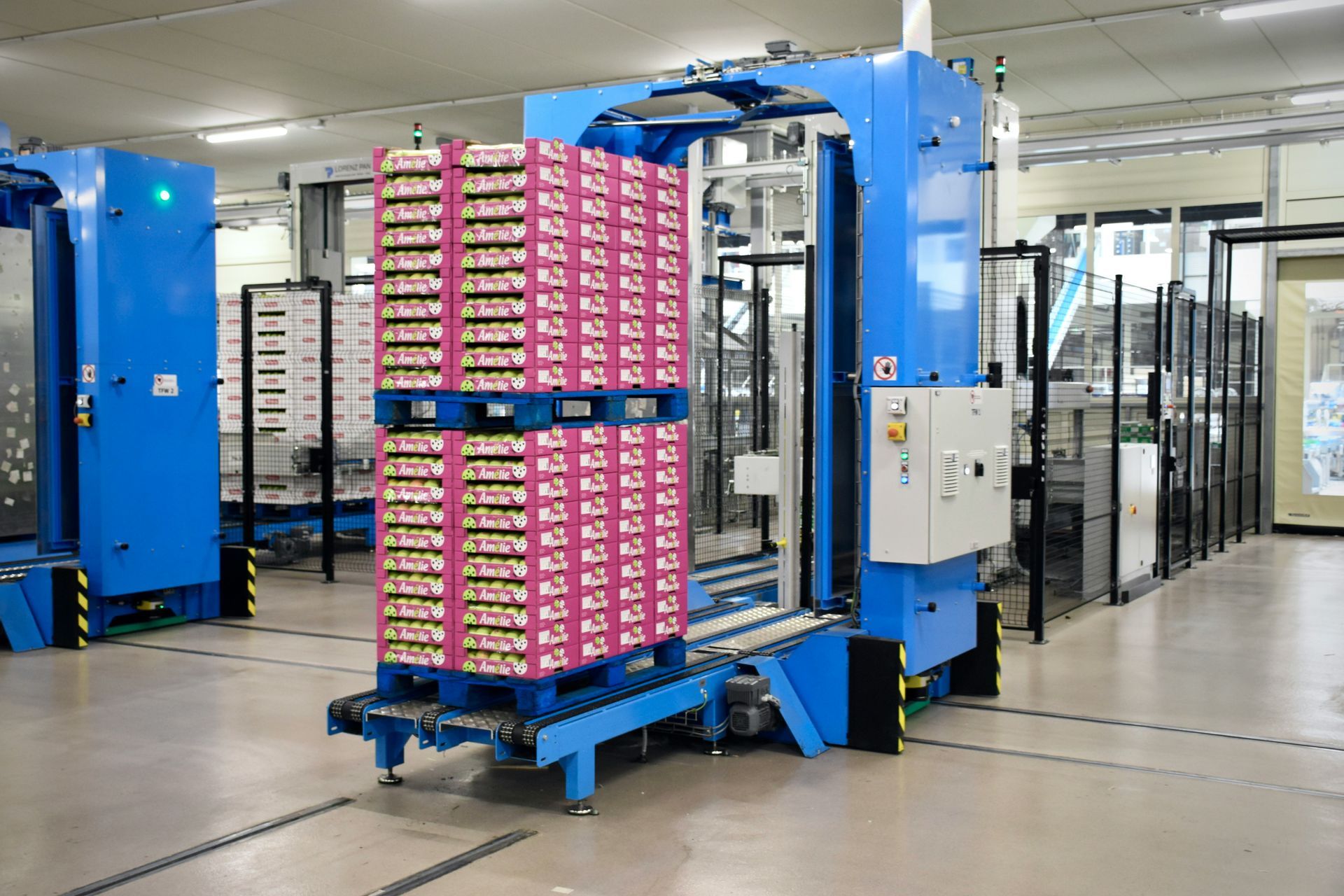


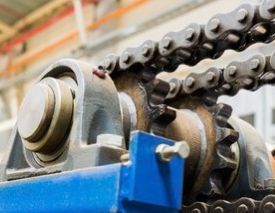

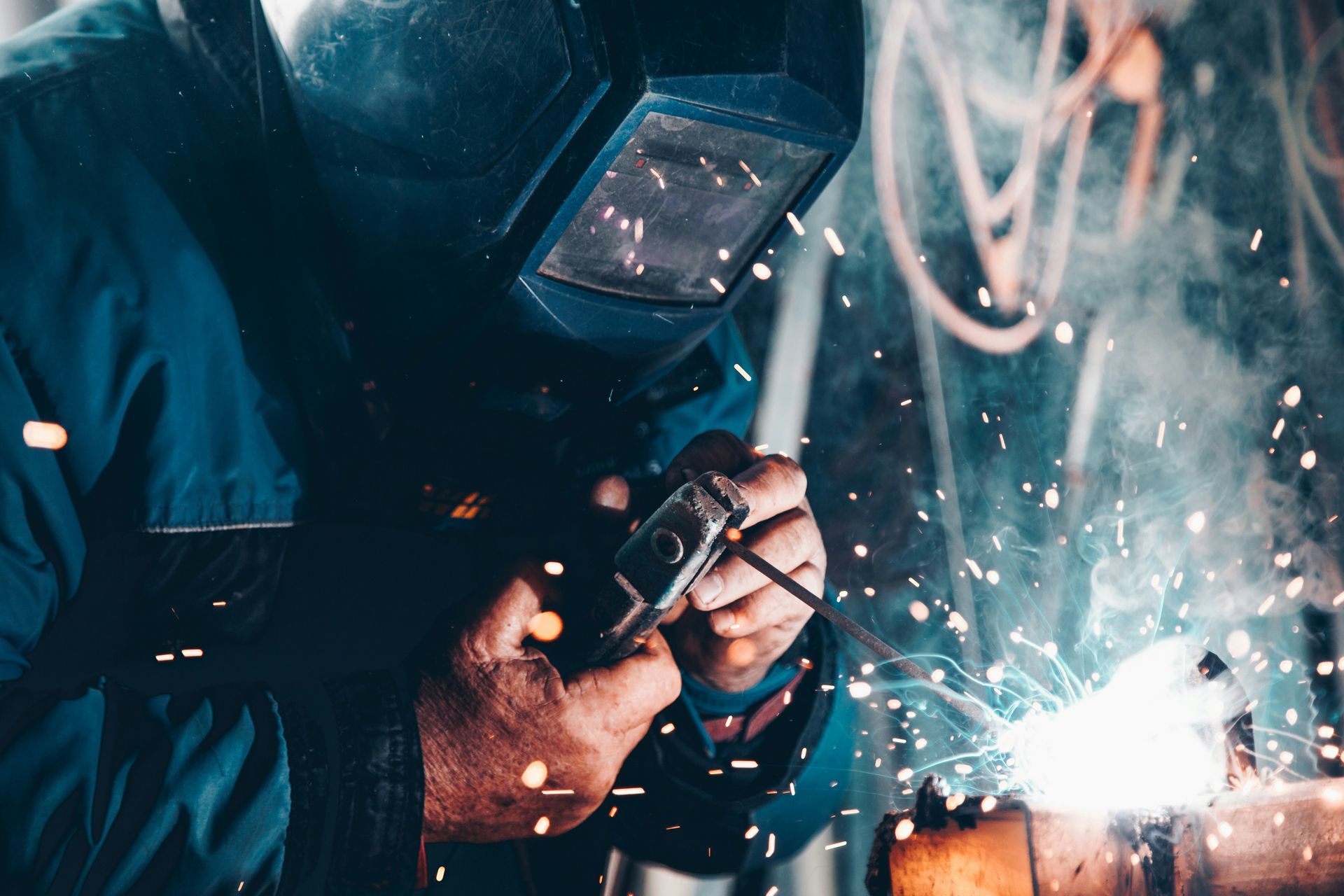
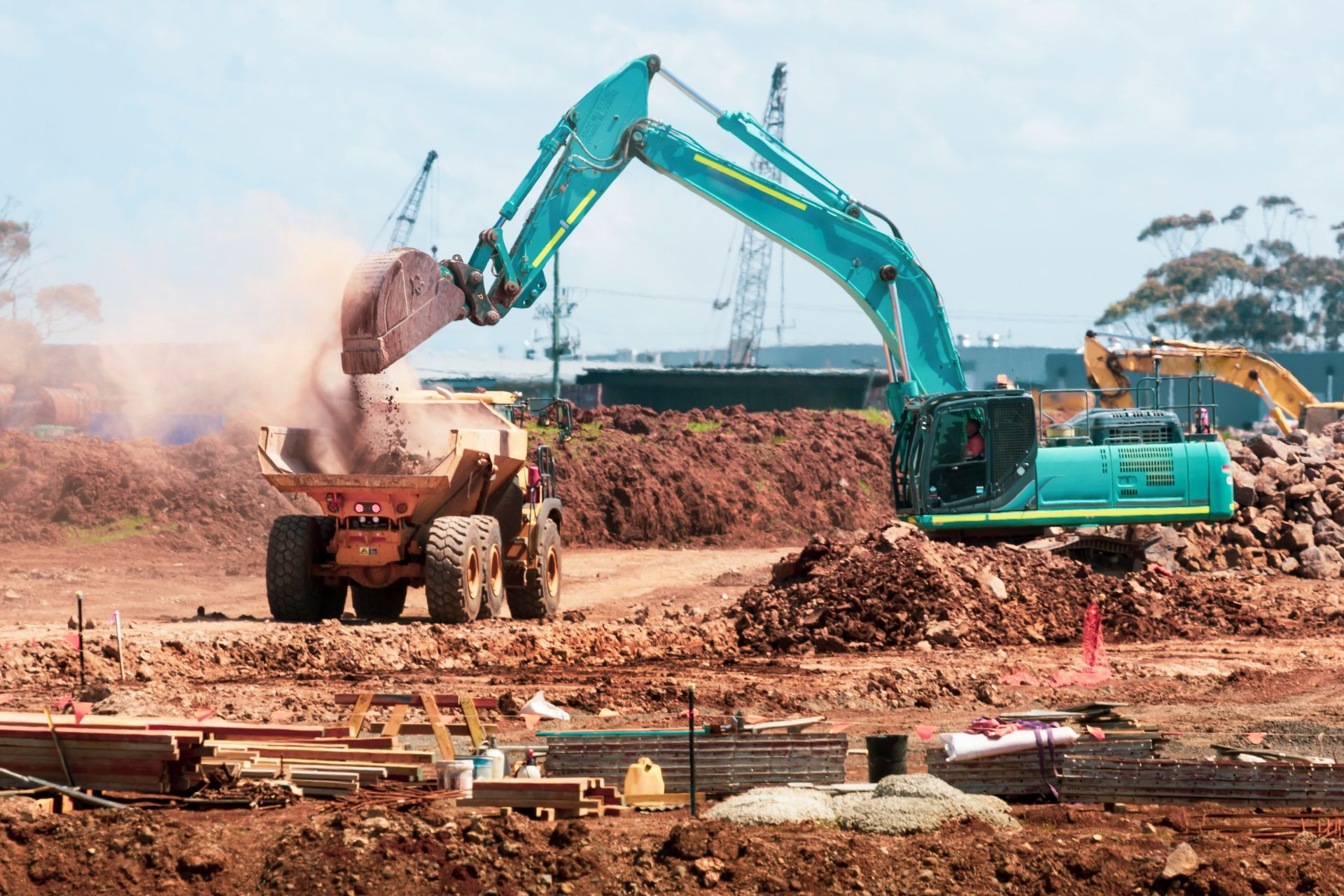
Share On: